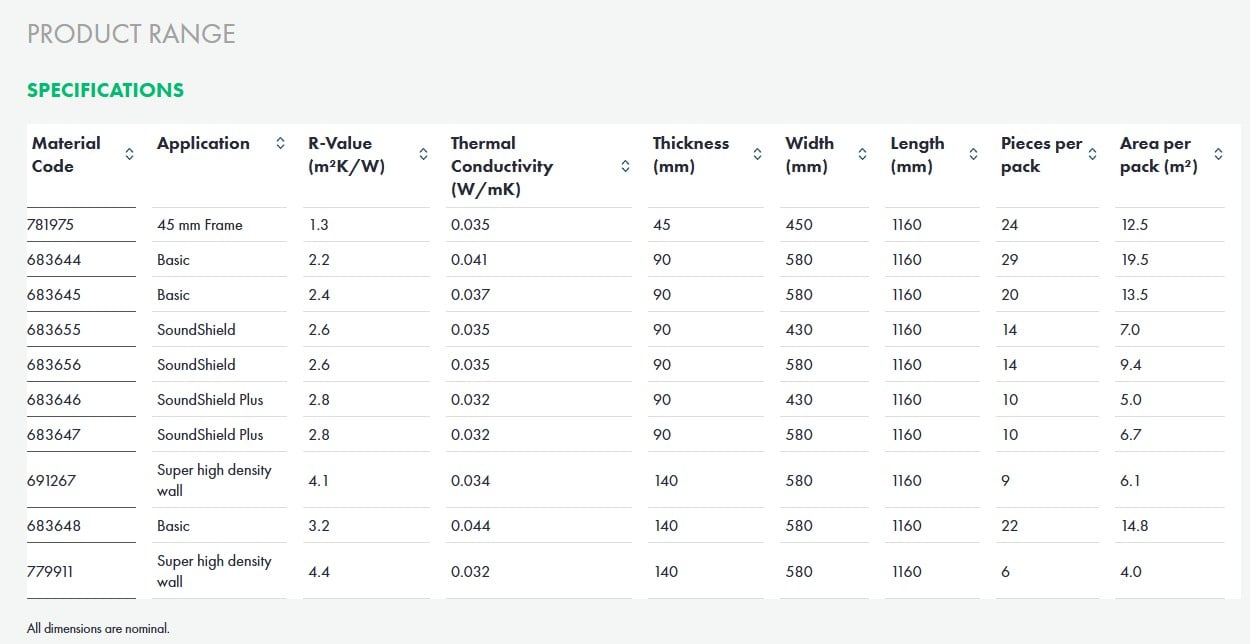Can anyone offer a simple explanation of how to evaluate the effectiveness of wall insulation R values please?
For example, would R4.0 wall insulation be twice as effective as R2.0 insulation in terms of heat retention, or is it a non-linear scale?
I can buy R2.8 wall insulation from Bunnings, which is about 56% more expensive than R2.6. That makes me assume it's a non-linear scale, but the question is, how much "more" am I getting from R2.8 than R2.6. Is the effectiveness of the R2.8 insulation 56% "better" than the R2.6, or is it more complicated than that?
Is it possible to easily compare, or am I being too simplistic?



